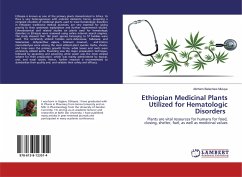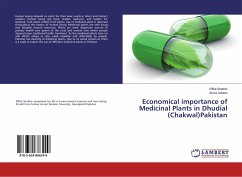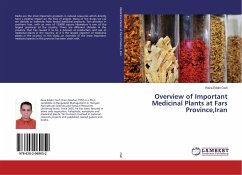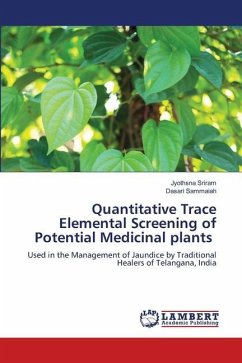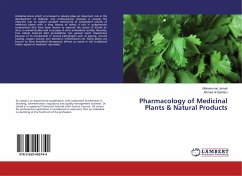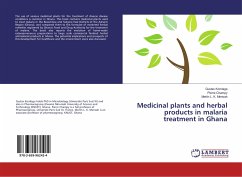Ethiopia is known as one of the primary plants domesticated in Africa. Its flora is very heterogeneous with endemic elements; hence, preparing a compiled checklist of medicinal plants used to treat hematologic disorders in Ethiopian traditional medical practices, are very essential for giving priority to their systematic exploitation and further experimental studies. Ethnobotanical and related studies on plants used for hematologic disorders in Ethiopia were reviewed using online internet search engines. The study showed that 162 plant species belonging to 57 families were used. The commonly utilized families were Asteraceae, Fabaceae, and Solanaceae. Achyranthus aspera, Solanum incanum, and Croton macrostachyus were among the most utilized plant species. Herbs, shrubs, and trees were the primary growth forms, while leaves and roots were commonly utilized parts. Pounding was the major preparation technique, followed by squeezing and powering while water was the most utilized solvent for their preparation, which was mainly administered by topical, oral, and nasal routes. Hence, further research is recommended to standardize their quality and, and validate their safety and efficacy.
Bitte wählen Sie Ihr Anliegen aus.
Rechnungen
Retourenschein anfordern
Bestellstatus
Storno

